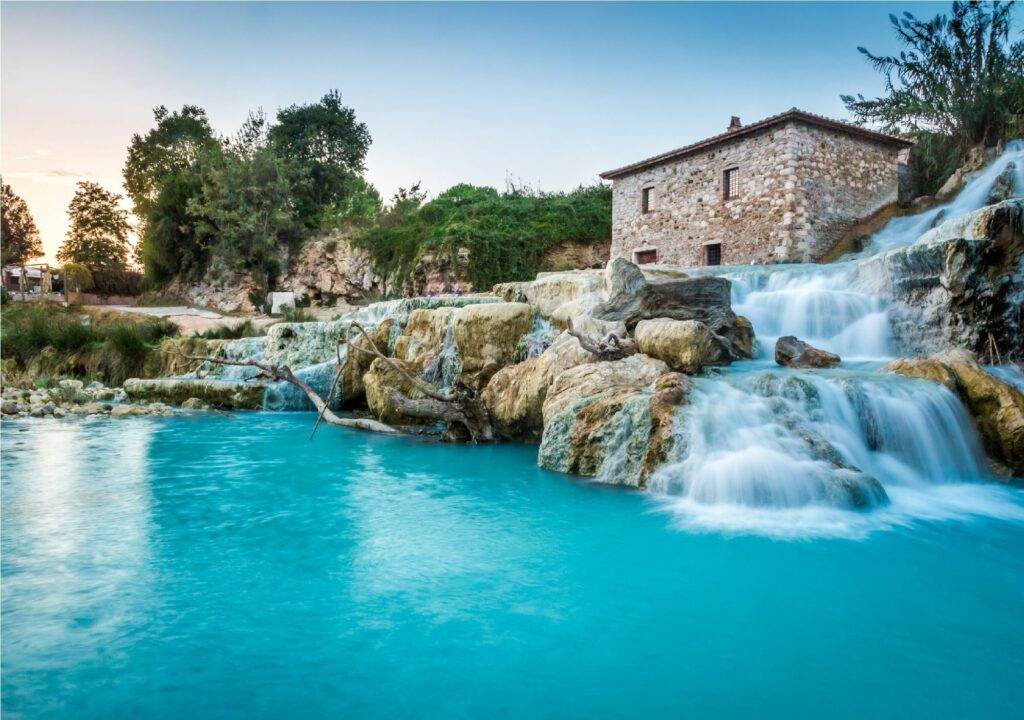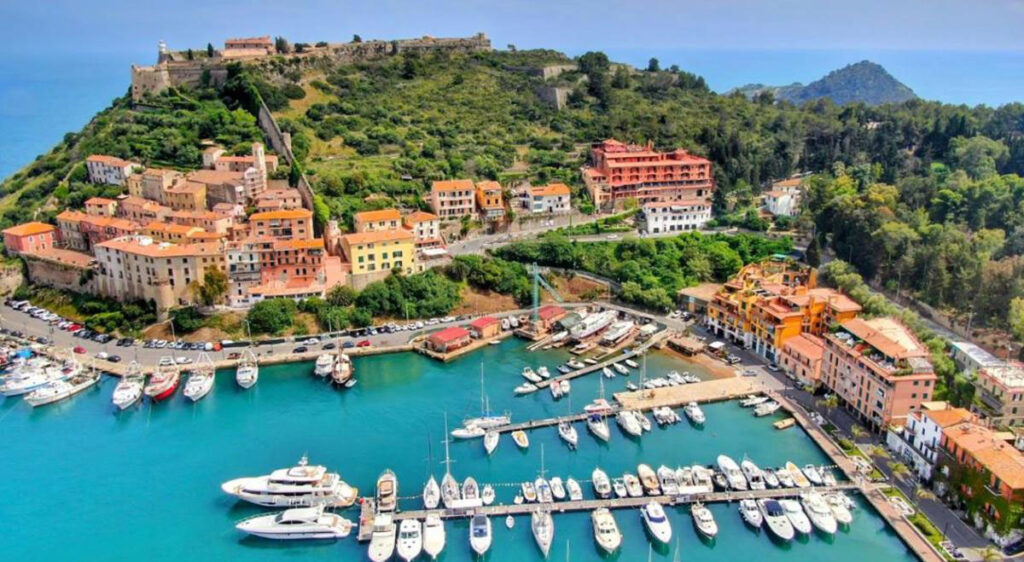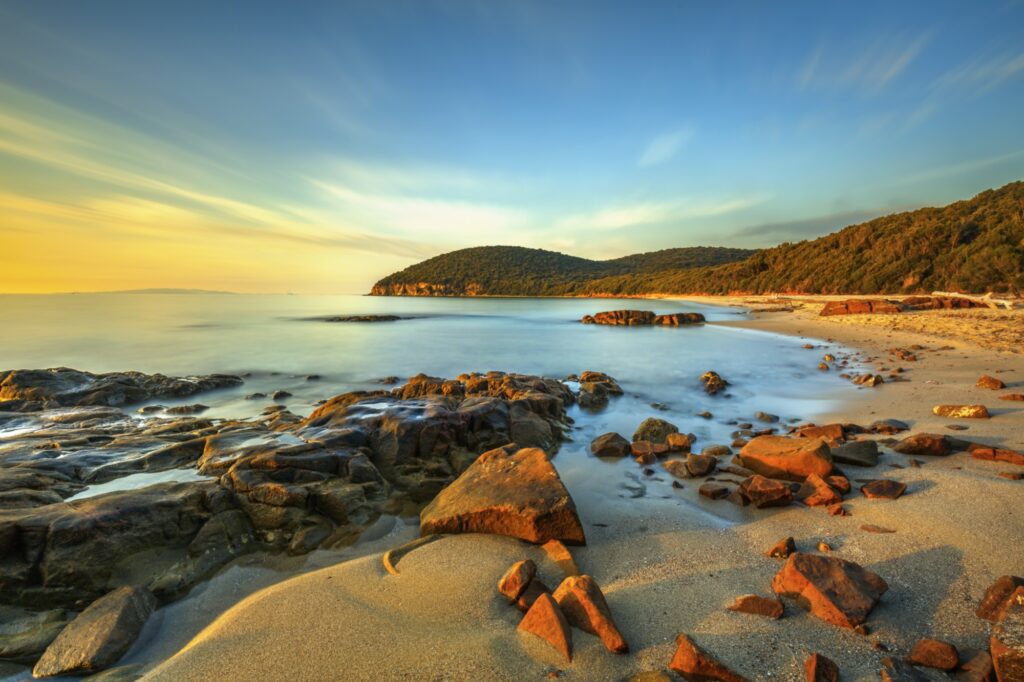VENUE
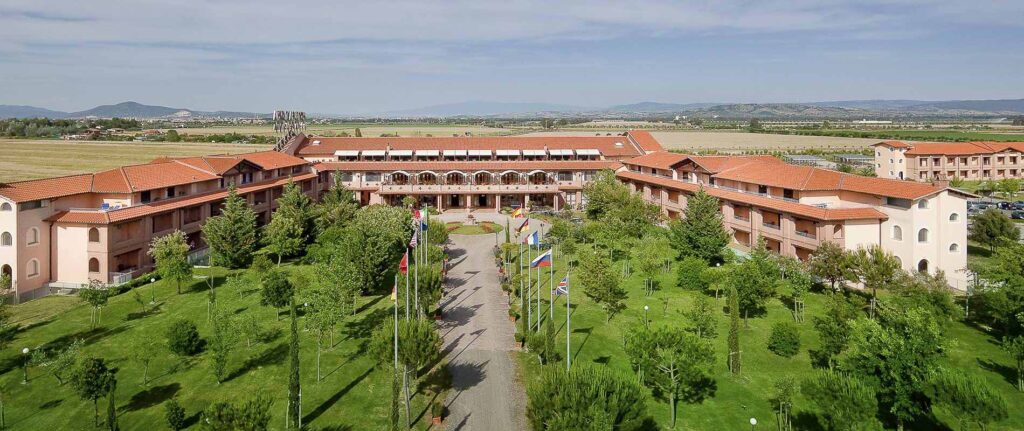
Fattoria La Principina
The Congress Center La Principina is located within an ancient estate immersed in the greenery in the southern part of Tuscany. It is only 3 km away from the historic center of Grosseto and 5 km from the sea, surrounded by the hills of Scansano, Saturnia, and the Maremma Natural Park.
ADDRESS
Via dei Girasoli, 1
58100 Principina Terra – Grosseto, Tuscany
DISTANCES
Grosseto: 5 km; Roma: 178 Km; Pisa: 151 Km; Siena: 75 Km; Firenze: 140 Km; Milano: 428 Km; Bologna: 240 km
HOW TO REACH GROSSETO
By Car
- From Milan, take the A1 motorway towards Parma, continue on the A15 towards La Spezia, and merge onto the A12 towards Pisa/Rosignano. From there, continue on the E80 towards Grosseto.
- From Rome, take the A12 motorway towards Civitavecchia and continue on the E80 (Aurelia) to Grosseto.
- From Florence, take the Florence-Siena towards Siena and continue to Grosseto.
- From Bologna, take the A1 towards Florence, exit at Florence-Impruneta, take the Florence-Siena expressway, and continue on road 223 to Grosseto.
By Plane
The nearest airports to Grosseto are those in Pisa, Florence, and Rome.
From Pisa Airport (155 km)
Once you exit the airport, follow the signs for “PISAMOVER SHUTTLE” by walking along the long covered corridor.
The shuttle connects Pisa airport with the main Pisa railway station (Pisa Centrale). The shuttle is in service every day from 6:00 a.m. to midnight with variable frequencies depending on the number of passengers.
Check shuttle schedule here.
A single ticket costs 5€.
Once in Pisa Centrale, you can take direct fast train to Grosseto. To book train tickets to Grosseto, click on the following link and type: “from PISA CENTRALE to GROSSETO” (travel time is approximately 60/90 minutes).
Once in Grosseto train and bus station, the conference center can be reached by bus by purchasing tickets at the newsstand inside the train station or using SICSSO bus service (time and schedules will be published soon). Once you exit Grosseto station, turn left and head to the bus station. The local buses that go to the conference center are 1/G, G10, or G12. The stop named “PRINCIPINA TERRA.”
From Florence Airport (150 km)
Walk to the bus station by heading southeast towards Via del Termine (90m – 2min) and take the urban Tram T2 towards Florence, which runs every 7 minutes (€2). Get off at the “ALAMANNI – STAZIONE FIRENZE” stop and continue walking to Santa Maria Novella train station, which is approximately 250m away.

From here, you can continue to Grosseto by train or by bus. Bus service is faster than train. To book a train ticket, click on the following link and type: “From FIRENZE S. M. NOVELLA to GROSSETO” (travel time is approximately 2 hours and 30 minutes).
Once in Grosseto train and bus station, the conference center can be reached by bus by purchasing tickets at the newsstand inside the train station or using SICSSO bus service (time and schedules will be published soon). Once you exit Grosseto station, turn left and head to the bus station. The local buses that go to the conference center are 1/G, G10, or G12. The stop named “PRINCIPINA TERRA.”
From Roma Fiumicino Airport (170 km)
Rome Fiumicino Airport is also connected to Grosseto train station through a direct shuttle service that departs from the “arrivals” area of Terminal 3. The service operates two trips: – Departure at 10:45 AM with arrival in Grosseto at 12:50 PM.Departure at 7:30 PM with arrival in Grosseto at 09:35 PM.
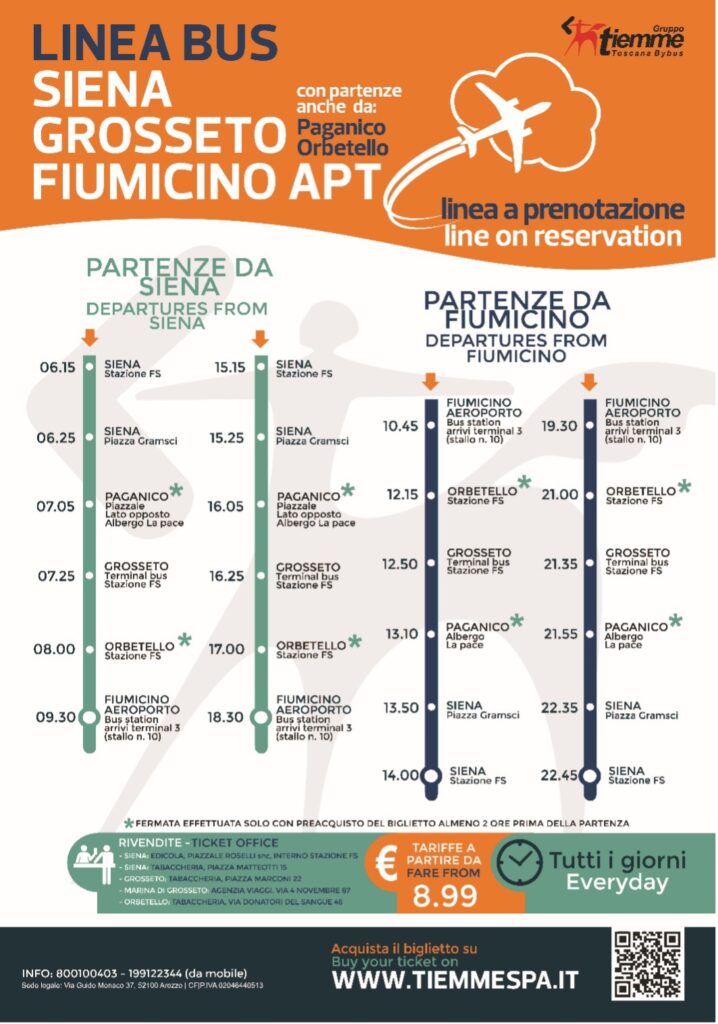
Once in Grosseto train and bus station, the conference center can be reached by bus by purchasing tickets at the newsstand inside the train station or using SICSSO bus service (time and schedules will be published soon). Once you exit Grosseto station, turn left and head to the bus station. The local buses that go to the conference center are 1/G, G10, or G12. The stop named “PRINCIPINA TERRA.”
GROSSETO AND MAREMMA
Maremma: an enchanting land where archeology, art and nature live together. Imagine a mosaic of archeological areas, tuscan sea and hills, medieval little towns and ancient castles sorrounded by wild nature enhanced by natural thermal baths, parks, reserves and natural oasis.
